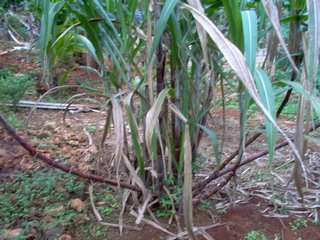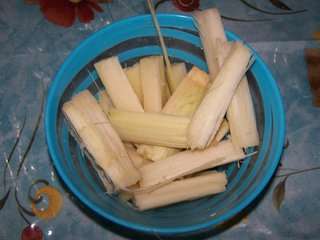
Young Cane in the Field
Sugar cane is a tall, robust, bamboo-like perennial that stands as the primary source of sugar, rum, and molasses. For centuries, sugar cane plantations were the economic heart of the Caribbean, spreading across the islands and shaping the region’s history.
During the 18th, 19th, and 20th centuries, vast sugar cane estates dominated the landscape. These plantations, heavily reliant on the labor of enslaved Africans, produced the majority of the sugar consumed in Western Europe. The industry not only fueled economic growth but also left a lasting cultural imprint on the Caribbean.
In the 1800s, islands such as Martinique, Grenada, Saint Croix, Jamaica, Barbados, and Cuba became renowned for their sugar cane cultivation. On British islands, sugar cane was often the exclusive crop, while on French territories it was the most important. Thriving on naturally yellow, fertile coastal soils, sugar cane's influence extended beyond sweeteners, giving rise to iconic byproducts like rum and molasses that continue to define Caribbean cuisine.

Young Cane in the Field

Mature Cane
Barbados, for instance, was once the richest of the Caribbean colonies due to its flourishing sugar industry, a status that persisted until neighboring islands like Haiti and Jamaica expanded their production. The legacy of sugar cane is not confined solely to sugar; the production of rum and molasses has also played a pivotal role in shaping Caribbean identity and culinary traditions.

Mature or Ripe Sugar Cane

Cane Strip of Peel

Cane at the Market